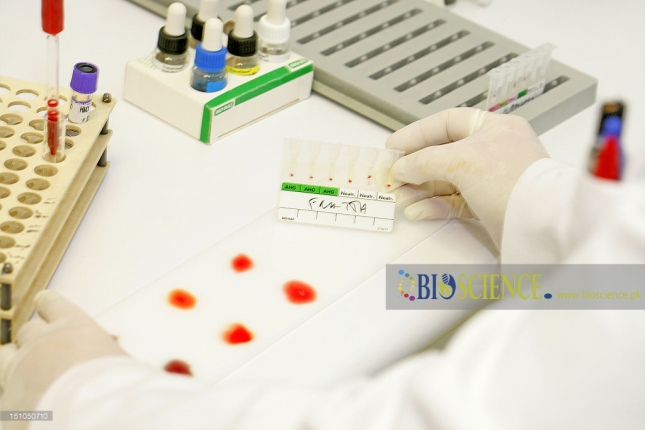Medically reviewed and approved by a board-certified member
Hemotology
FALSE REACTION IN ABO GROUPING
By Dayyal Dg.Twitter Profile | Updated: Sunday, 06 August 2017 07:14 UTC

- Autoagglutination: Presence of IgM autoantibodies reactive at room temperature in patient’s serum can lead to autoagglutination. If autocontrol is not used, blood group in such a case will be wrongly typed as AB. Therefore, for correct result, if autocontrol is also showing agglutination, cell grouping should be repeated after washing red cells with warm saline, and serum grouping should be repeated at 37°C.
- Rouleaux formation: Rouleux formation refers to red cells adhering to each other like a stack of coins and can be mistaken for agglutination. Rouleaux formation is caused by high levels of fibrinogen, immunoglobulins, or intravenous administration of a plasma expander such as dextran. Rouleaux formation (but not agglutination) can be dispersed by addition of normal saline during serum grouping.
- False-negative result due to inactivated antisera: For preservation of potency of antisera, they should be kept stored at 4°-6°C. If kept at room temperature for long, antisera are inactivated and will give false-negative result.
- Age: Infants start producing ABO antibodies by 3-6 months of age and serum grouping done before this age will yield false-negative result. Elderly individuals also have low antibody levels.
- Comment
- Posted by Dayyal Dg.
Tags:
End of the article